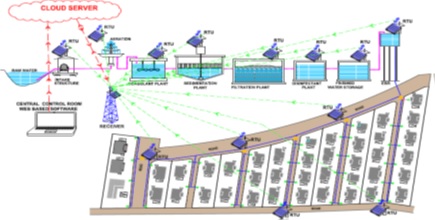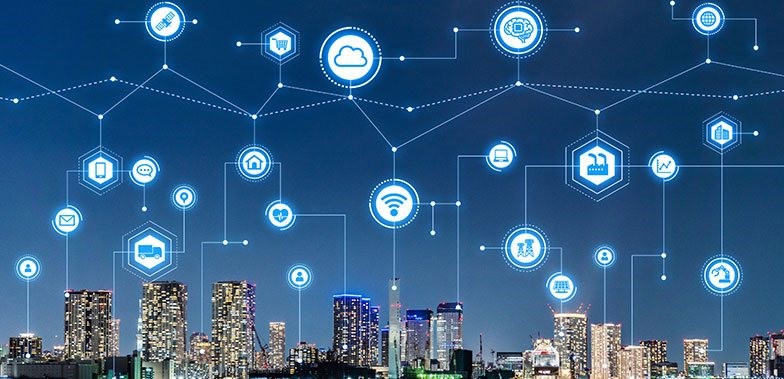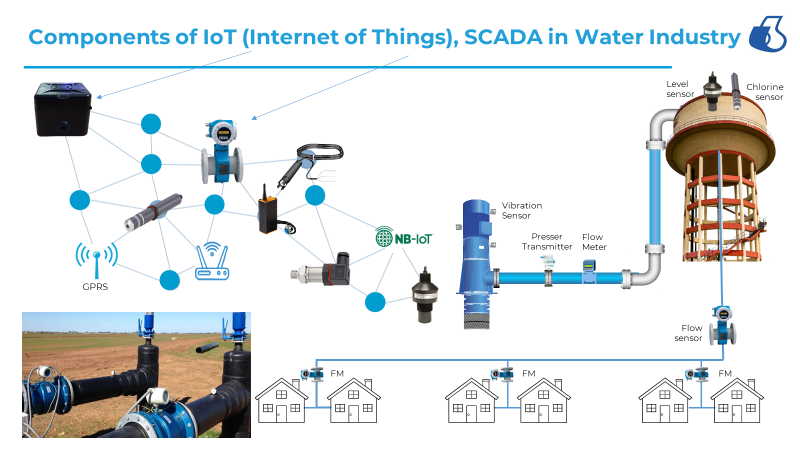By Mr. Arun Lakhani, Chairman & Managing Director, Vishvaraj Infrastructure Ltd
While the world continues to fight COVID-19, there is another long-term existential threat that requires equallyurgent global attention. Climate Change is intensifying, and it is exacerbating water stress across the globe, thereby endangering the lives of millions. Water availability is becoming less predictable in many places, and increased incidences of flooding threaten to destroy water points and sanitation facilities and contaminate water sources. The situation in India is quite critical. India has the dubious honor of being the world’s 13th most water stressed country in the worldand has and has more than three times the population of the other 17 extremely highly stressed countries combined1. With nearly half of the country’s population facing severe water duress, there is an urgent need to implement more sustainable practices to strengthen water management and achieve the 2030 SDG Goals on clean water and sanitation. Left unchecked, the rising population and growing industrialization will deepen the demand-supply water divide, which in turn will impact livelihoods, aggravate food insecurities, and increase water pollution. By 2030the country could face severe water shortages when the demand is expected to outstrip supply by c.100%2. For far too long, the world has observed alinear approach, which assumes natural resources to be abundant and has followed a take-make-dispose model. Now, countries are moving towards a circular economy approach to mitigate the pressure on finite resources. The shift to a circular economy will reduce the dependency on natural resources by following a reuse-recycle concept. With India’s annual per capita water availability already falling below 1,500 cubic meters and fast approaching the official water scarcity level of 1,000 cubic meters, applying this paradigm shift in outlook to water management is not only a civic necessity but also the only solution to avert a major humanitarian crisis in the country. Nearly 80% of the water that is supplied to cities and towns comes back in the form of sewage; this is too high a volume to be ignored. Given the rate at which natural water resources are depleting, adopting a circular water economy will enable cities to diversify their water sources in a cost-effective manner and, ultimately, also help minimize economic losses.This opens up avenues for cities to build resilient water systems alongside opening up additional revenue streams. As an example, the byproducts from wastewater treatment can be used to create fertilizers or generate energy which can generate financial benefits. Treated water can be well used for varied nonpotable purposes such as watering public parks, construction work, and industrial use in power plants, paper mills and manufacturing units. This will reduce the burden on existing resources and make cities self-sufficient in terms of water needs. Nagpur, for example, is one of the first Indian cities that has already taken steps towards being water-secure. The Nagpur Reuse Project focuses on treating nearly 200 million litres per day (MLD) of sewage and treating it for reuse. In turn, this allows 200MLD of fresh water to be released for consumption by citizens and secures city’s additional water requirement for the next 25 years. While this is a start, the magnitude and complexity of water challenges requires collective action from all fronts. As governments actively explore methods to conserve and reuse water by redesigning water systems, private players also need to step in and play their part for this to be a success. A strengthened wastewater treatment and management industry offers a high value proposition for the entire country. This can be a promising investment opportunity if the role and objectives of all players are clearly laid out and an ecosystem of trust is created between the private and public players. Establishing a market for treated water will enable India to secure a fastpaced economic development while ensuring the society’s wellbeing at the same time. This onus, however, goes beyond the private and public sector. Water stewardship efforts are meaningless without the support of the largest stakeholder group – people. As agents of change, people can play an integral role in driving projects forward whilst managing the equation between demand and consumption. Yes, the transition won’t be easy but it is not impossible. Cities like Cape Town have already set the precedent. Within days of the Day Zero deadline announcement, the public took it upon them to be more waterwise. This changing attitude and behavior from the public towards water consumption played a central role in enabling the city to avert its Day Zero deadline. Two years later, recycling and reuse are not just concepts to the city’s residents but inherent practices. The growing scarcity of water resources will see treated water becoming a primary source for industrial and other commercial usesand promoting its usage will require a combined effort from all stakeholders. Implementing customized treatment and reuse solutions that address local water challenges and progress mapping to measuring impact calls for a 4P (Public, Private, and People Partnership) model to ensure that projects are attuned to diverse needs and are sustainable in the long run. Under the able guidance of our Prime Minister and the Jal Jeevan Mission program, five crore households in India now have water connection and tap water is reaching every household in about 1.25 lakh villages. With the Union Government working towards providing every household with access to piped water by 2024 under the Jal Jeevan Mission, emphasis on sustainable water management through wastewater treatment will secure supply of clean running water in the taps for all future generations. By adopting this model, India can drive measurable improvements in water self-sufficiency and become “sujalamsufalam” once again.





